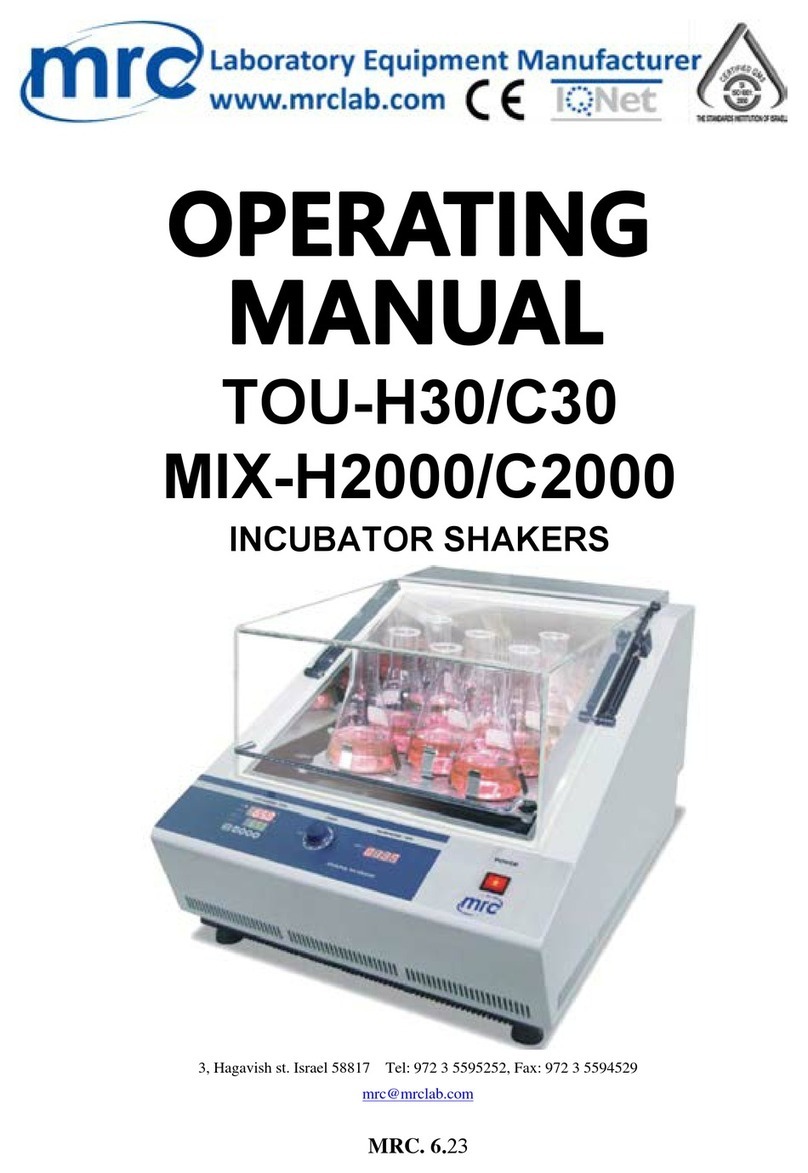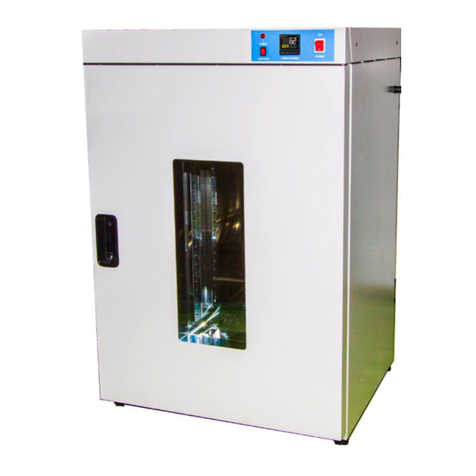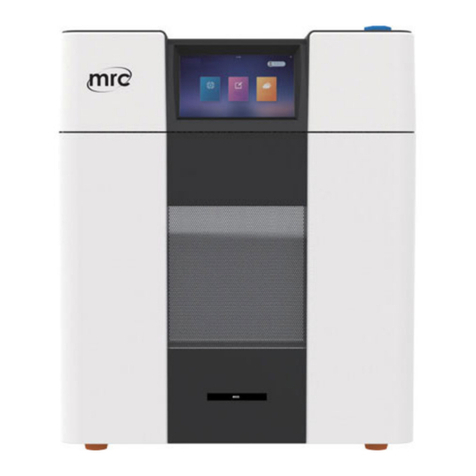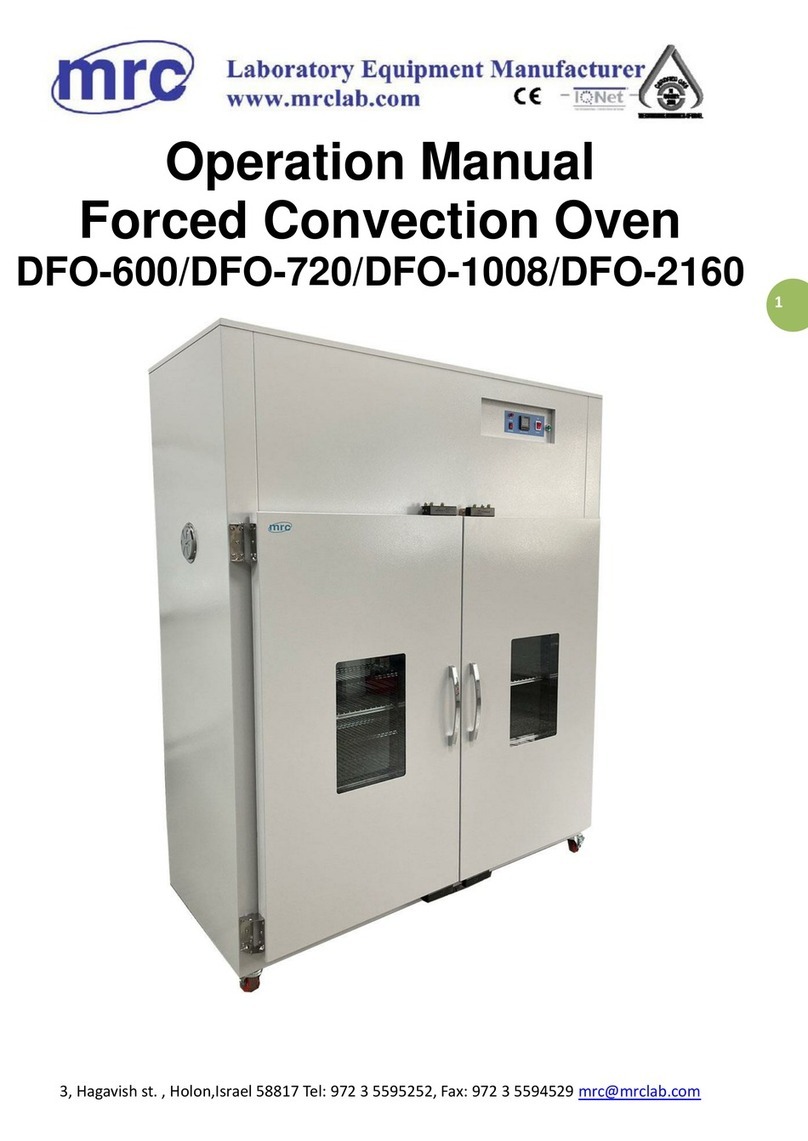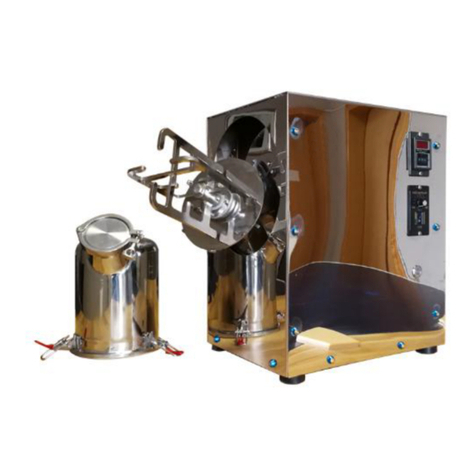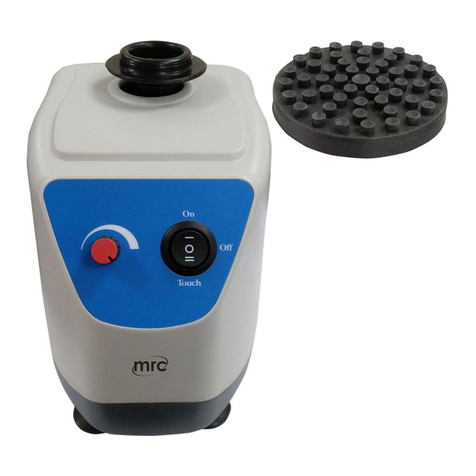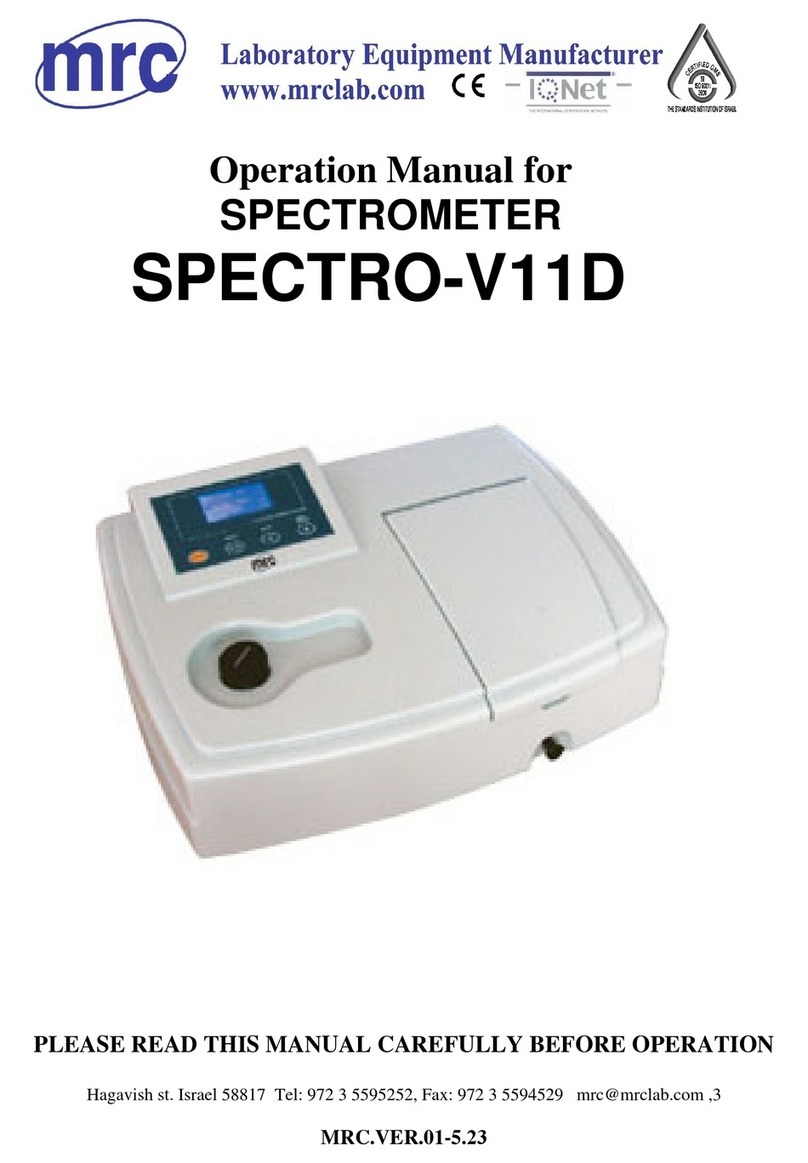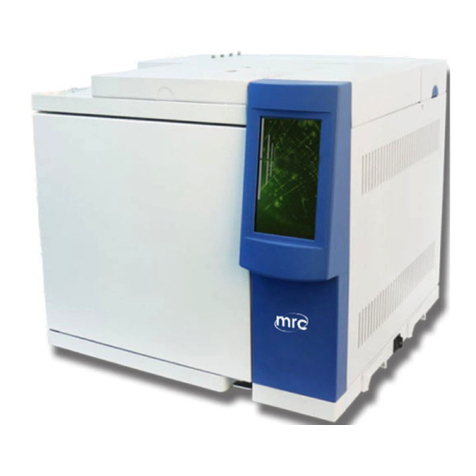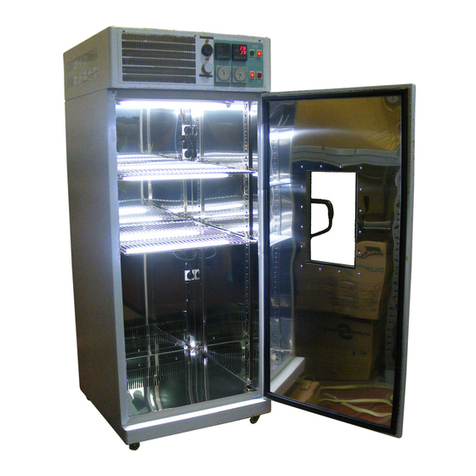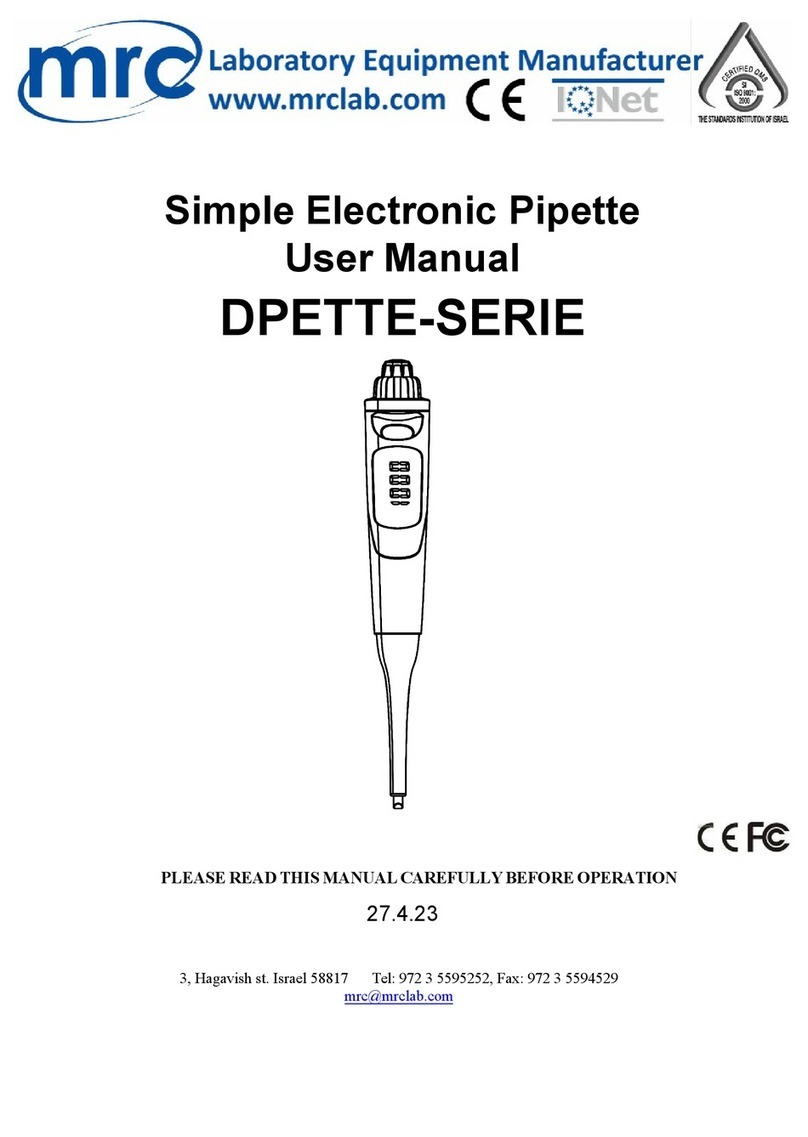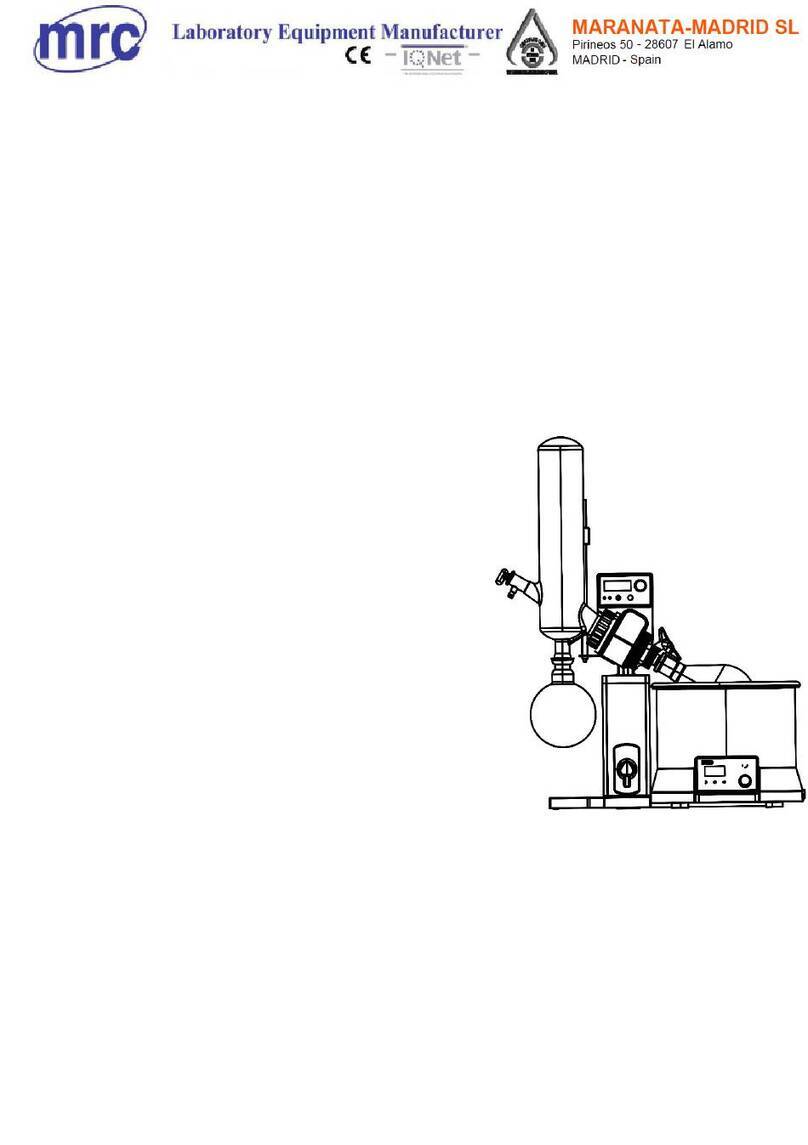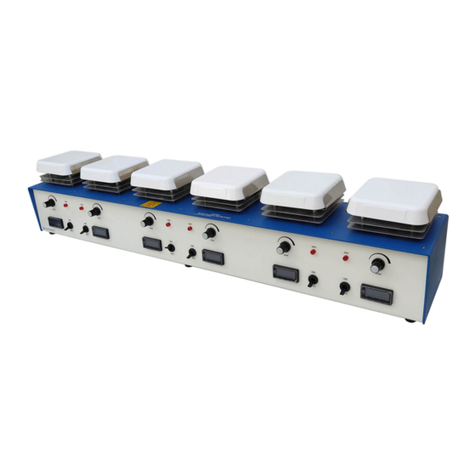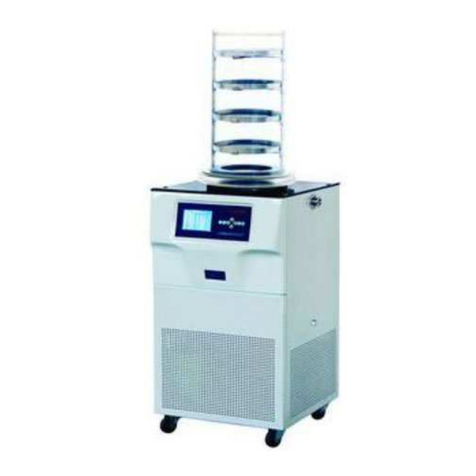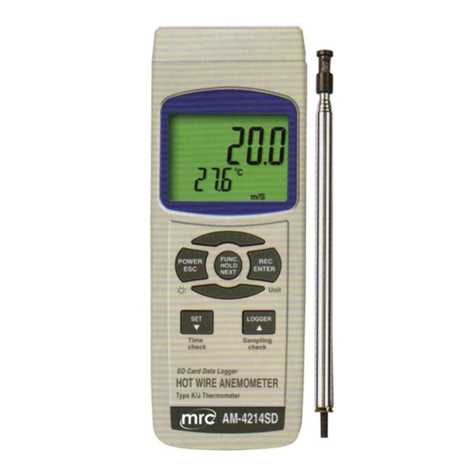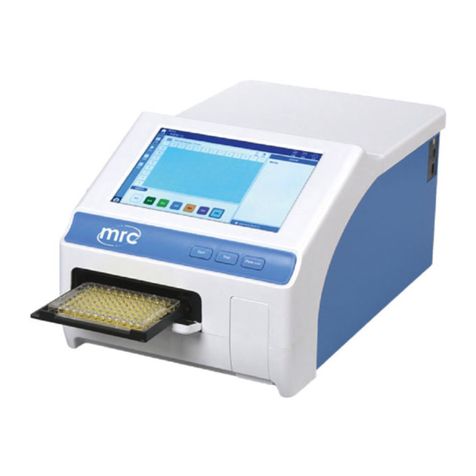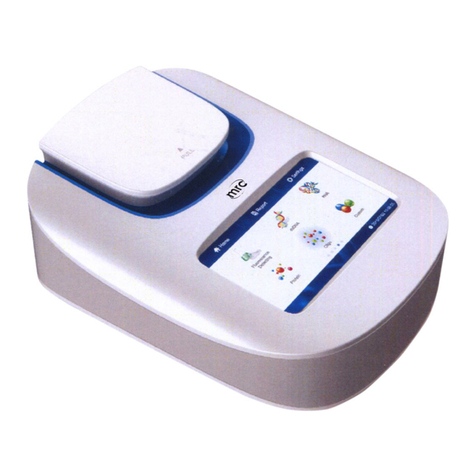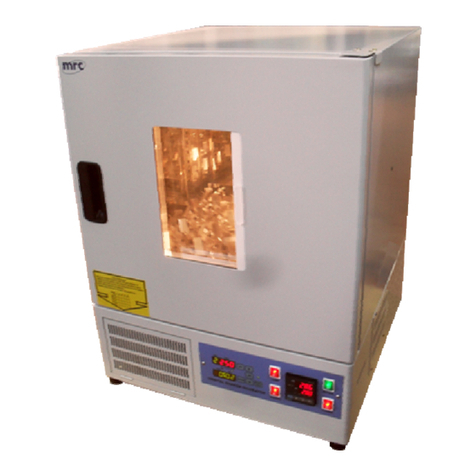
4. Device connection
4.1. Installation location:
The installation location should be selected on a flat, stable, spacious and well-ventilated surface.
Otherwise, the spinning coating effect may be affected. If you need to deal with glue containing
volatile or toxic solvents, be sure to place the equipment in a well-ventilated fume hood. The
installation location of the equipment should be away from direct sunlight or cold/heat sources and
moisture. Do not install the device on the edge of the workbench to prevent the device from slipping
off due to vibration during operation. 20cm should be delineated around the equipment as a
dangerous work area.
4.2. Vacuum unit
The vacuum gas circuit adopts the φ8mm quick screw joint, which needs to be used with the outer
diameter of 8mm hose. The installation of quick screw joint is shown in the following figure:
1) Remove the nut and pass the hose through the nut;
2) Put the hose into the joint in front of the thread, paying
attention to the need to completely cover the joint with the hose;
3) Tighten the thread, the nut can compress the hose after
tightening, and play a sealing role.
4.3. Circuit installation
First, connect the power cord of the diaphragm pump to the vacuum pump control line interface on
the back of the spin coater. The male and female ports of the interface have white dots to indicate the
position of the gap. During installation, the white dots should be aligned first, and then the male port
should be inserted tightly, and the outer nut should be tightened to connect the control line tightly.
Finally, insert the power cord into the power port on the back of the spin coater, and then connect the
plug to the socket (AC220V 50Hz) to ensure that the socket is reliably grounded.






